No products in the cart.
Coffee
Micro-mills of Costa Rica
By the end of WWII, low coffee prices and lack of access to resources for the majority of producers resulted in the four largest processing centers controlling 80% of the country’s coffee. Cooperatives became officially recognized by the constitution in 1949 and initially expanded, but fluctuating prices and organizational problems caused many to close by the 1980s. The Agro-Economic Consultancy (CAE) was started in order to train and grow the cooperative movement. CAE trained cooperative leaders to create a functional bureaucracy that would help members obtain capital investments, equipment, and agricultural training. Approximately 40% of Costa Rican coffee is currently produced by cooperatives.
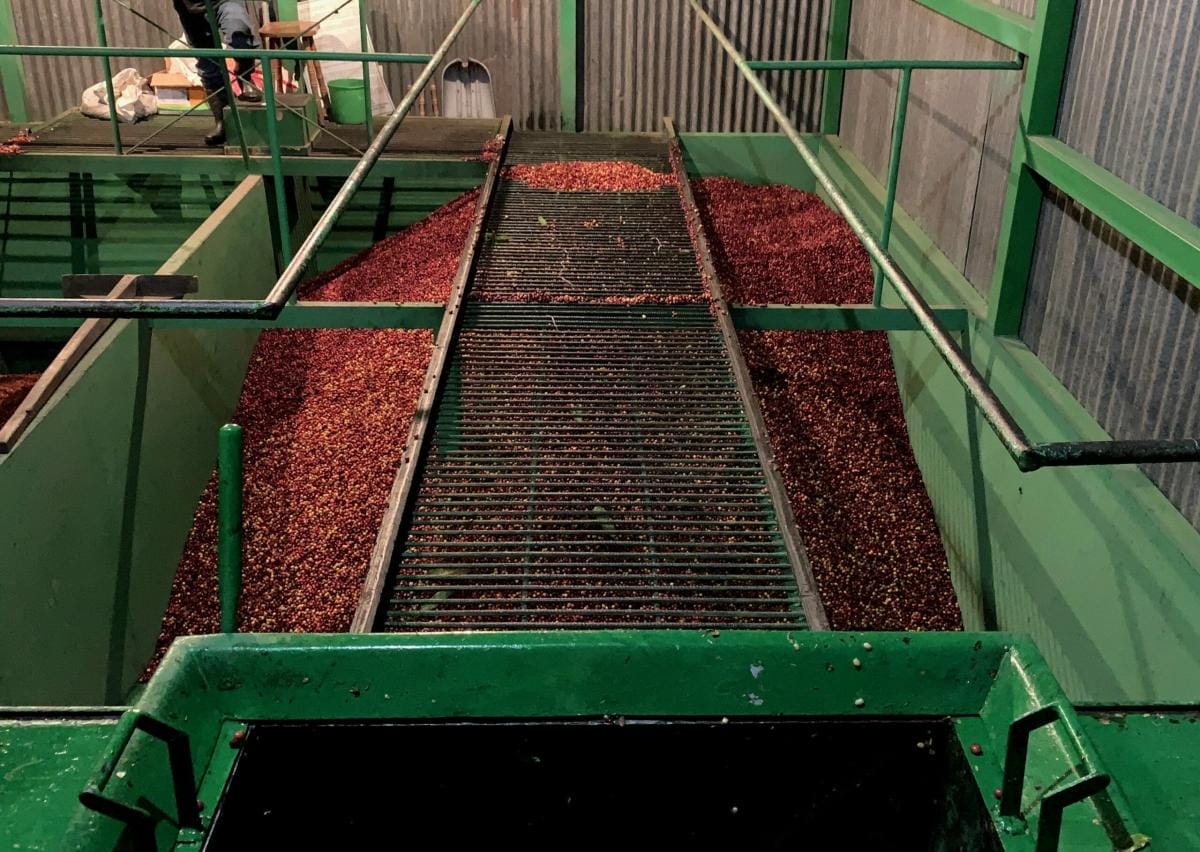
Delivering to a larger cooperative offers financial security. Collection centers across the country offer farmers an easy route to deliver cherry, and the prices paid per fanega are posted on the exterior walls. This allows farmers options to deliver to the nearest collection center or to travel further for a better guaranteed price. After the coffee is graded and measured the farmer will bring their receipt to the cooperative for payment as soon as the next day. At the end of the season when the coffee is sold, farmers will receive an additional payment based on the average sale price of the coffee of that grade.
Coffee prices were declining in the 1990s and early 2000s. As a result, cooperatives were offering low prices for cherry. La Candelilla in Tarrazu was the first farm to open a micromill to increase their profitability. The goal of the micro-mill was to increase the bargaining power of the family. By taking control over the processing of their coffee, they had more input about the final price. Over the long term, they would be operating more efficiently by not ceding any of the coffee’s value to the cooperative. For more about La Candelilla, see our full blog here.
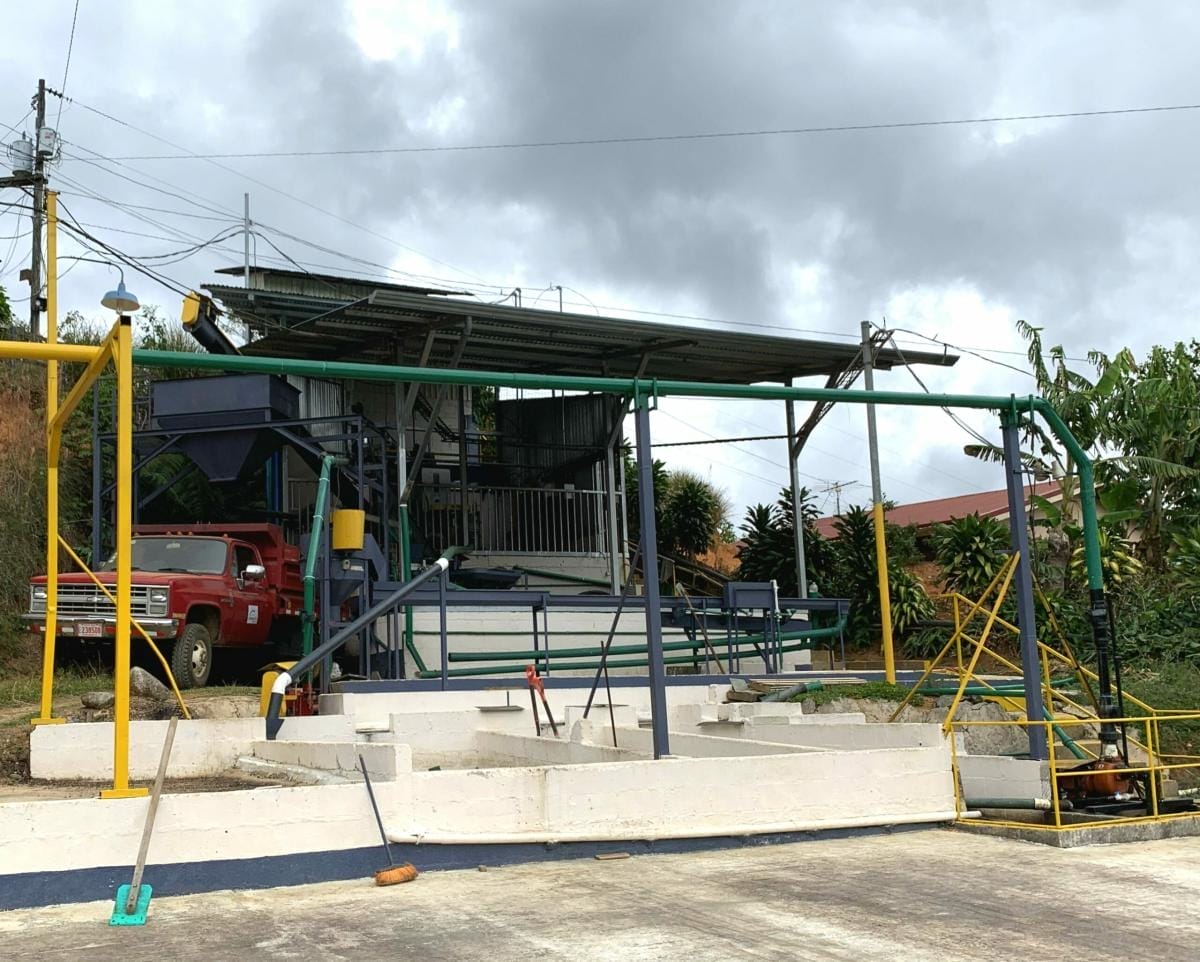
In the last 20 years, more advanced milling equipment has been designed and tailored to the needs of the micro-mills. There is more access to equipment for farmers looking to open a micro-mill since there is a growing market of used milling equipment. Many micromills still depend on larger coops for dry milling of their coffees, especially those that are naturally processed. This equipment remains highly specialized and expensive.
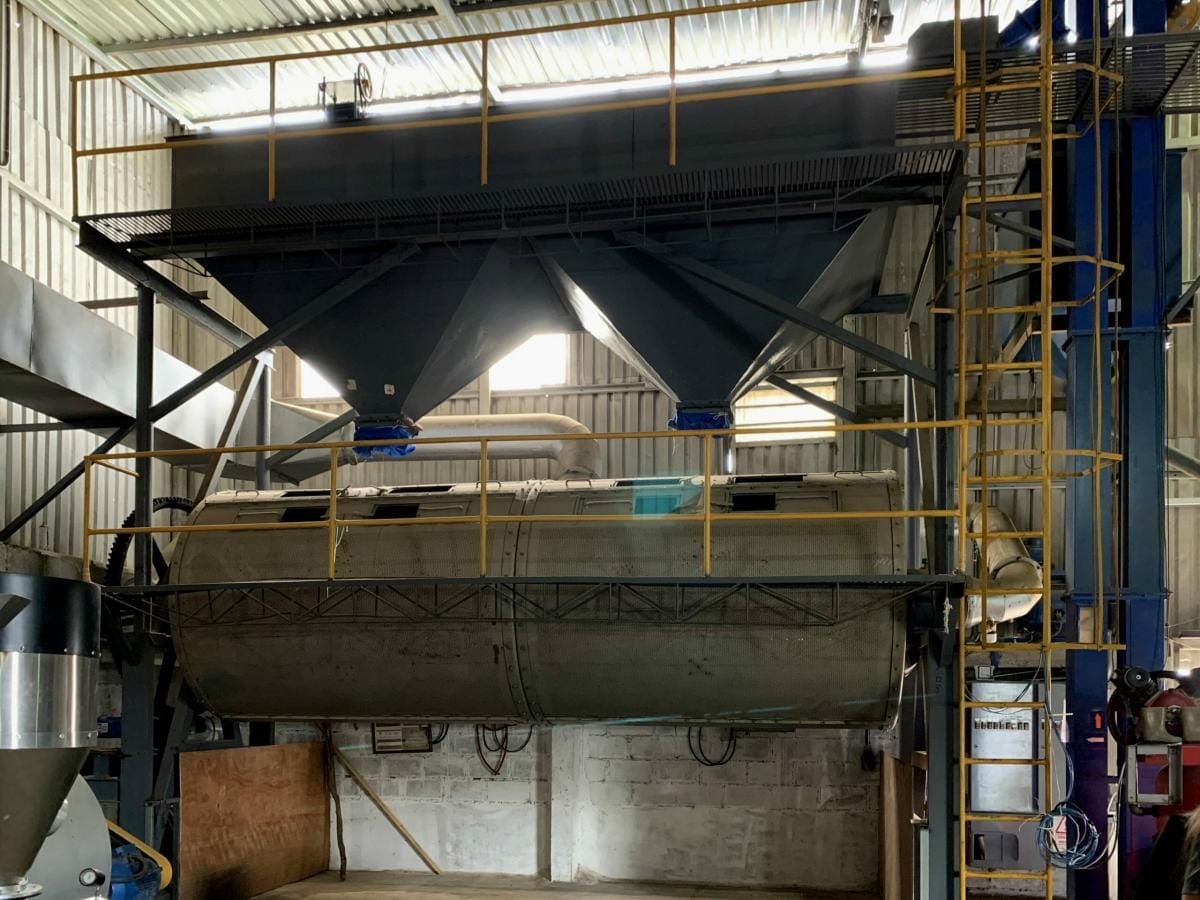
Mechanical driers are common for producing washed coffee in Costa Rica since drying space is limited. The price of land is high because of the large amount that is protected and the large adventure and eco-tourism markets. The available space is better utilized for natural and honey process coffees that will fetch a higher premium. The driers are a difficult investment considering there is a lower premium for washed coffee.
Mills are capped at charging a 9% fee for the coffee that is sold, and the average interest rate on loans is high at around 9%. Most micro-mills will need to finance the purchase of coffee cherry from farmers at the beginning of the season with the intent of selling for a higher profit after processing. ICAFE regulations require 80% of the coffee’s sale price be paid to the farmer. Exporters charge between 1.5-2.5% and ICAFE collects 1.5% on all coffee exports. This makes it difficult to sustain a mill if you are not producing high quality coffee. Larger mills can pay back investment money because of the volume of coffee they mill.
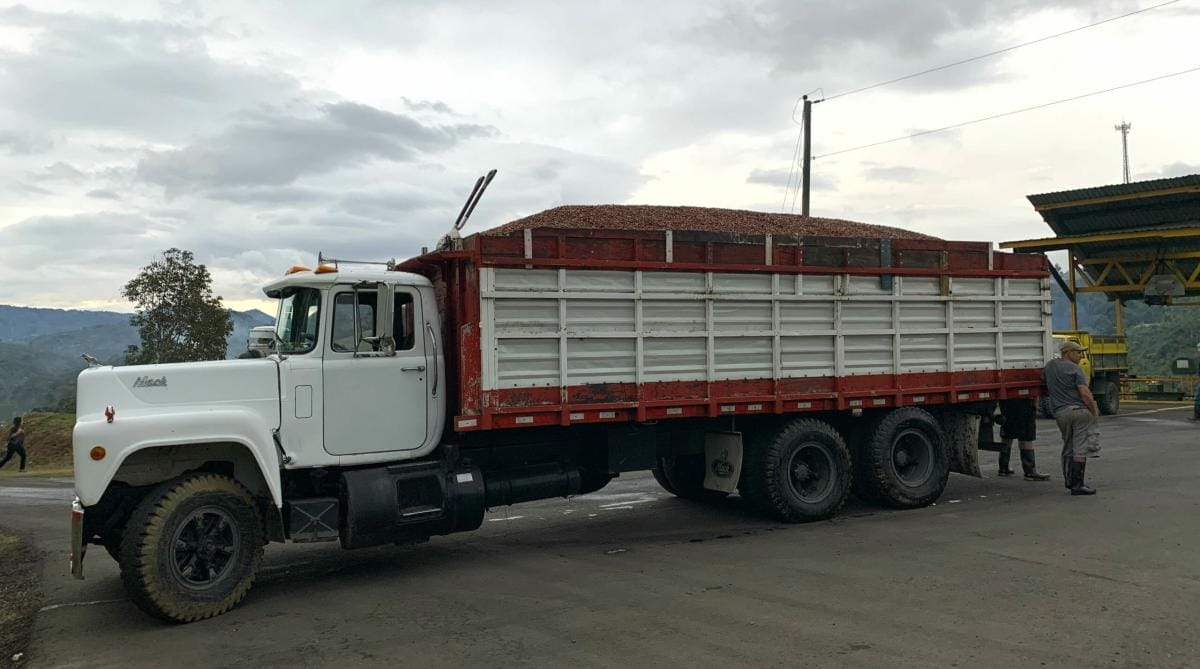
Micro-mills focus on quality and direct trade relationships to be sustainable by receiving higher prices. Experimental coffee processing methods are more prevalent in Costa Rica than anywhere else in the world. Trying to find ways to differentiate the coffees and avoiding the high costs required to filter wastewater, natural and honey processing styles became popular for their fruit-forward flavor profile when properly executed. Currently there is increasing amounts of Anaerobic fermentation which involves sealing the coffee in drums for several days and produces a unique flavor profile.
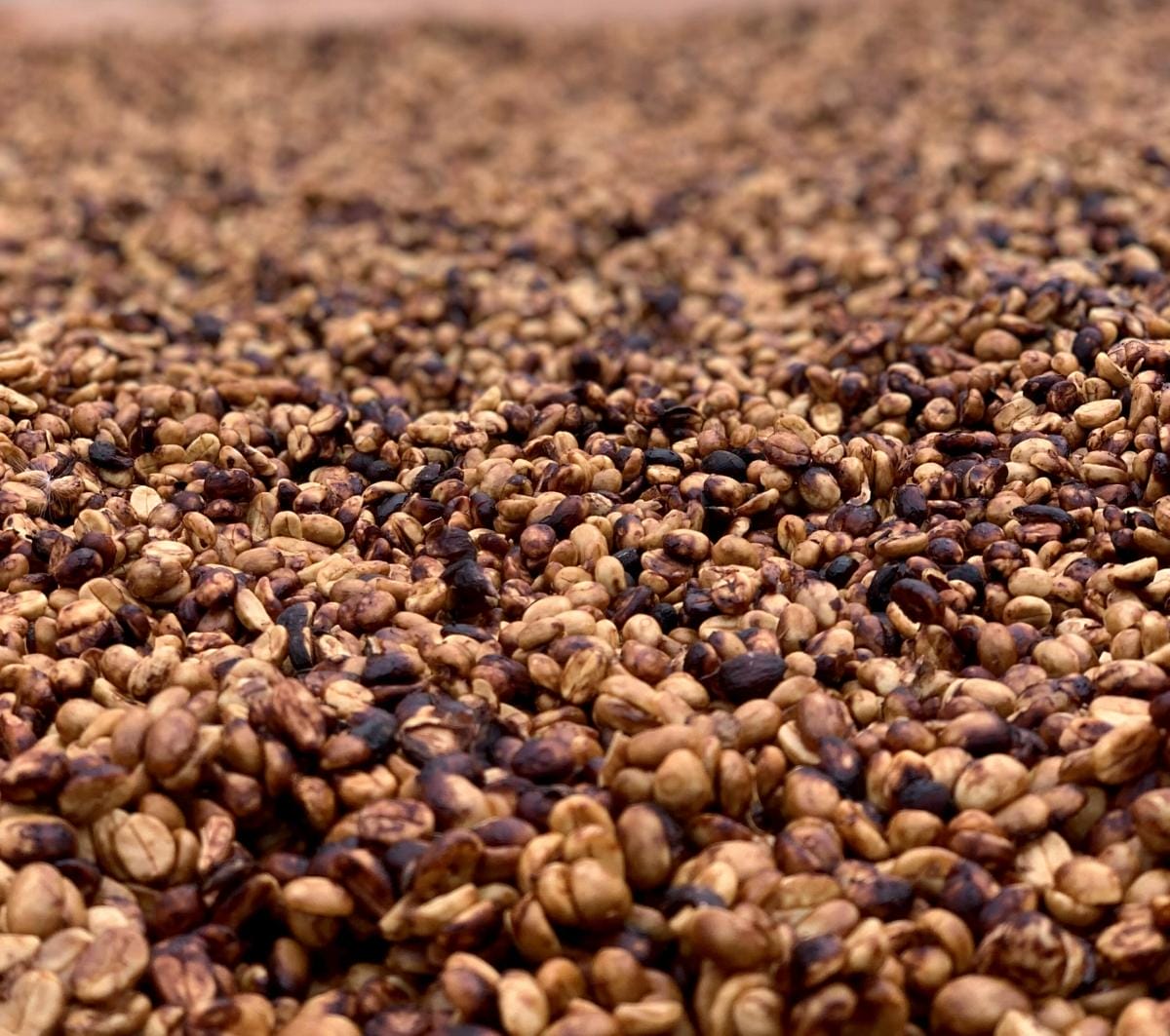
For the micro-mill, there is more risk. The micro-mills are directly responsible for finding buyers and negotiating the price for their coffee whether independently or through exporters and agents. The longer this process takes, the longer they must wait to be paid. If the coffee is not sold, they do not receive payment. Micro-millers also must absorb the cost of coffee that is processed incorrectly. Weather events or labor issues can cause processing issues that create coffees that are undesirable, and the coffee will have to be sold for a lower price.
Since 1998/99 the share of coffee produced by the smallest micromills (<1,000 fanega per year) has increased from 0.1% to 2.9% while total production has been cut in half. Since 2016 approximately one micromill opens every month. The largest of producers have decreased their production from 2.1 million bags to about 700,000 bags.
The expansion of the micro-milling is empowering farmers to invest in their coffees. Overall there is more risk and more work, but they are happy to do it for the increased independence. The environment is fostering greater experimentation and research surrounding increasing value of coffee post-harvest which can be applied to other areas of the world. Royal NY is working with a variety of cooperatives and micro-mills to offer a wide range of coffees from Costa Rica.



